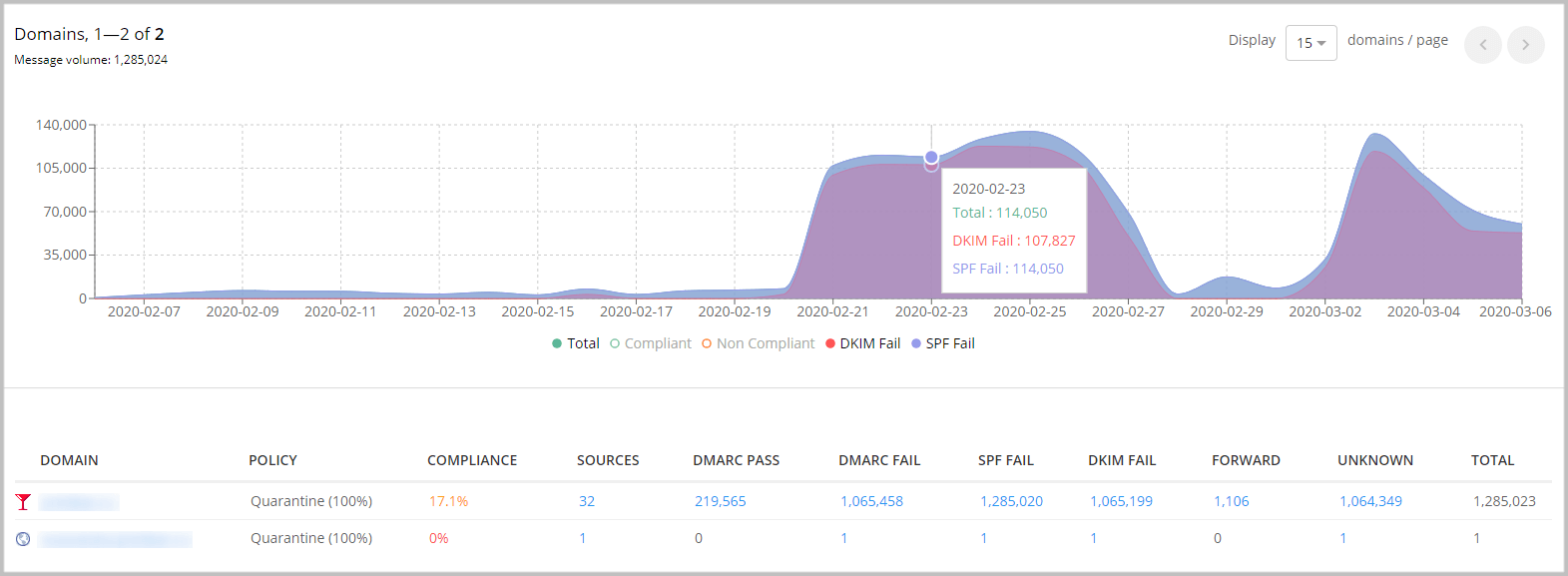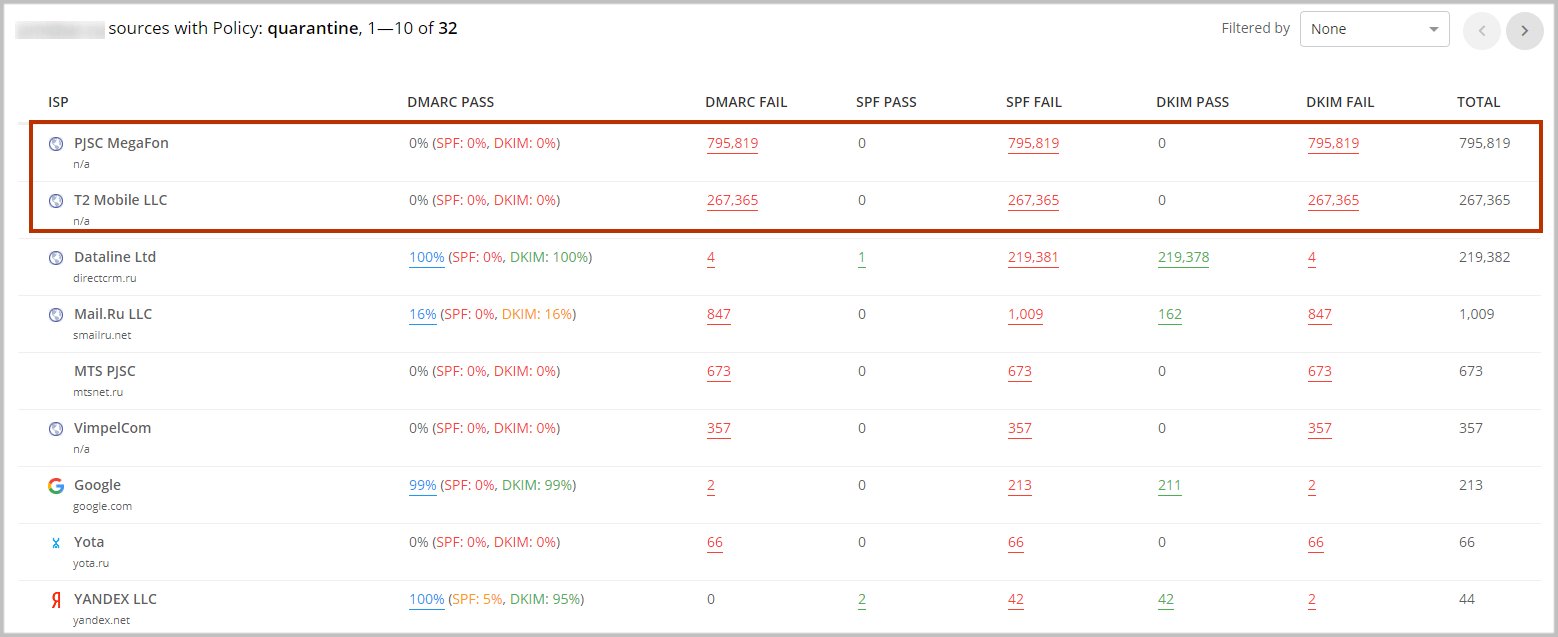How to Protect Your Business from Cyber Threats Today

The cybernetic threat landscape is constantly changing, and smart businessmen and women know to stay ahead of the curve. Based on the annual X-Force Threat Intelligence Index 2020 report from IBM, this article provides valuable insights into attacker methods and motives as well as, the necessary steps you should take to make sure you won’t be the next victim of a cyberattack.
First, let’s take a look at the most common initial infection vectors. In 2019, these vectors were rated very closely together. Phishing made up 31%, Scam and Exploit 30%, and Stolen Credentials 29%.
In 2019 phishing was the most popular method but attackers increasingly scanned targets to exploit their weaknesses, showing a significant increase from 8% to 30% over the past year. One pragmatic defense is implementing a robust barrier for your web apps, which filters malicious requests before they can reach vulnerable applications. The use of stolen credentials where threat actors use previously obtained credentials to access targets came in at a close third at 29 %. These credentials are often stolen from a third-party site or obtained using a phishing attempt against the target. Threat actors can use stolen credentials to blend in with legitimate traffic, making detection much more challenging. Brute force attacks decreased dramatically to fourth place with 6 percent of all cases, followed by BYOD at 2 percent as the initial access point into targets.
Concerning the frequency of attacks, a significant increase in threat actor activity was observed in the summer of 2019, with the number of events going beyond the totals for all of 2019 up to that point. While we do not know the reason for this sudden increase in activity, the summer months appear to be more active concerning spam as well, with peak spam volume being recorded in August of 2019. It’s possible that threat actors were simply careless and more easily spotted, or that a change in threat actor tactics or tools stimulated this rise in inactivity. Short-term areas of high activity are less likely the result of the appearance of new threat actors, as such new entries would be expected to create a sustained increase in activity rather than a temporary one.
Global spam trends, in general, show a reliance on old, tried-and-true methods as opposed to new ones. Analysis of global spam activity shows that spam email continues to focus on a limited area of vulnerability, with a focus on only two CVEs: 2017-0199 and 2017-11882. Together, these two vulnerabilities made up almost 90% of the vulnerabilities used by threat actors for spam campaigns. Both these CVEs affect Microsoft Word and do not require user interaction beyond simply opening a tainted document.
While these two vulnerabilities appear in large amounts of spam email, there is no indication as to how successful they might be in actually exploiting users. However, spam is often a numbers game and with enough volume, even a small success rate is enough to generate value for threat actors. Because many users and even organizations can lag behind on fixing certain issues, it is still possible to see devices compromised by such older bugs.
As one might expect, threat actors’ priorities have shifted over the past year. In today’s threat landscape, the specificity of some types of attacks according to threat factor motivations means cybersecurity risk management can look very different from one sector to another. Although Financial Services remained in the lead as the most targeted sector in 2019, growth in other sectors showed threat actors’ shifting attention and priorities, with Retail, Media, Education, and Government all advancing on the global chart of most targeted sectors. This trend is not limited to digital systems—physical security has also become a growing concern, especially in sectors where cyber and physical infrastructures are increasingly interconnected. While there were no surprises concerning finances.
Although the threat landscape is constantly changing and evolving, there are a few tools you can use to protect yourself from threats, new and old alike.
GlockApps DMARC Analyzer is a new and growing email analysis tool that is sure to make a big splash soon. It effectively monitors your sending domains, allowing you to see which sources are sending on behalf of your domain and make sure that all your legitimate sending sources comply with SPF, DKIM, and DMARC, ensuring email deliverability.
With DMARC Analyzer, you can monitor the health of your email sending system over time and detect any email spoofing or phishing attacks. The tool sends an email alert when it detects unusually high email traffic from the user’s domain and when the DMARC compliance rate of sent emails drops beyond the normal level.
The picture below illustrates a phishing attack detected by the GlockApps DMARC Analytics. The normal daily email traffic from the sender’s domain is used to be 7,000 – 8,000 emails and suddenly it lifts to 100,000+ where almost all emails fail DMARC authentication. The system sends an email alert to the sender letting them know about such an anomaly. This kind of real-time alerting aligns with data loss prevention best practices, helping to quickly identify and respond to suspicious activity that could lead to credential theft or sensitive data exposure.

In our example, thanks to the ‘quarantine’ DMARC policy, phishing emails were classified as spam and the domain’s reputation wasn’t affected. In today’s threat landscape, no one can afford to leave themselves unprotected.
Did you protect your brand?
The sender can look at the DMARC data and identify the sources that generated high email traffic. If any illegal sources sending a high number of messages on behalf of the domain are detected, it is recommended to protect the domain from spoofing using the “reject” DMARC policy.

GlockApps also offers email tests to ensure your emails are spam-free and will get to the inbox. This test will identify risky content that could otherwise lead to your email being flagged as spam and not getting delivered. We also offer Inbox Rate Tracking, which tracks your inbox, spam, and missed percentages to give you the most accurate and comprehensive information about your inbox placement by the campaign.
In today’s changing threat landscape you cannot afford to be unprotected. GlockApps provides you with the cutting-edge tools needed to protect yourself from dangers online and ensure the success of your email and website. We hope this article has shed some light on new and emerging cyber threats and has provided you with the information necessary to protect yourself.
Start using DMARC Analyzer right now with 10,000 free monthly DMARC messages and unlimited domains!
To download a copy of the IBM X-Force Threat Intelligence Index 2020 report, click here.



